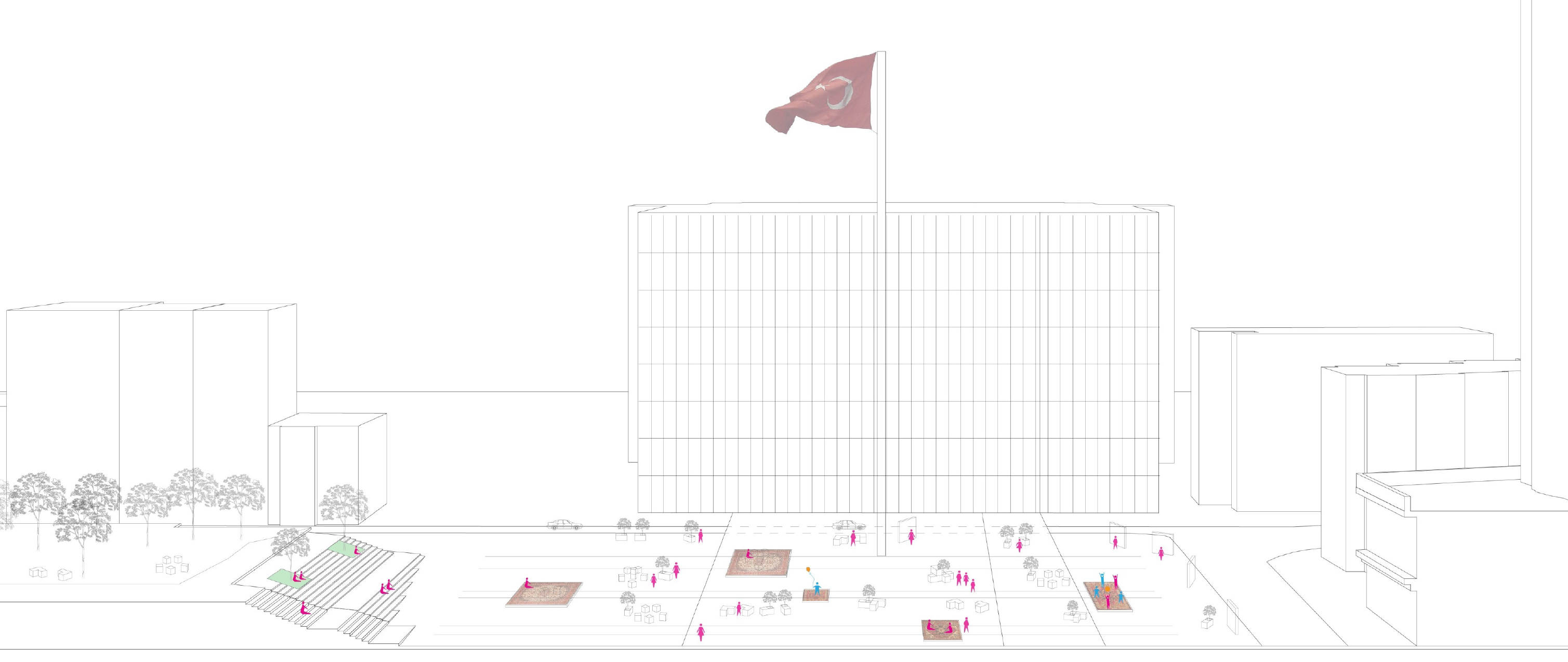This research covers an interdisciplinary area between architecture and urban design, participation and digital spatial media*. The two main and complementary focus points are exploring and enabling bottom-up participation {in} and {through} reflexive research and design practices.
Bottom-up reflexivity {in} design: This research area frames urban and architectural design as an open learning process which involves understanding how diverse everyday users locate and appropriate existing collective spaces and make creative interactions. It integrates research, development and real world testing of collective action and agile strategies to support sustainable ways of self-organization and bottom-up learning. Examples of these are digital spatial media such as crowdsourcing platforms, ICT-enabled collective and counter mapping practices as well as social-geographic web (Geoweb 2.0) environments that augment design learning.
Bottom-up reflexivity {through} design: This area looks at everyday life as a site for transformative spatial practice and explores alternative ways for enabling reflexive and empowering participation modes through design. It involves recognizing and creating spatial qualities that enable the users to shape and reshape their own living environments. Some of the key design concepts are superdiversity, open form, dynamic program, adaptability, spontaneity, looseness and polyvalence.
* Digital spatial media: the mediums or channels that enable, extend or enhance our ability to interact with and create knowledge on space online(Leszczynski, 2012: 544)
Participants: Burak Pak, Hanne van Reusel, Zeynep Aydemir, Ivo Vrouwe and Bernard Dubois.
Relevant International Research Project: EC JPI Urban Europe International Project “INCUBATORS”: Living Labs in Brussels, London and Turin; a joint project with University College London, Politecnico di Torino, Innovation Service Network GmbH, Neurovation.
Burak Pak, Co-promoter

Comments are closed.